For Cypriot gas, the path to Europe may run through Egypt
Establishing short subsea links with Egypt may be a faster and cheaper way to launch exports than waiting for EastMed, which would be the world’s longest underwater pipeline
WHAT: Cyprus, an EU member state, has discovered more gas at a time when the EU needs gas.
WHY: An existing pipeline transportation schemes has some serious drawbacks, including long timelines and high budgets.
WHAT NEXT: Cyprus could follow Israel’s example and seek access to Egypt’s existing gas infrastructure.
Cyprus has known for more than a decade that it possesses substantial offshore natural gas reserves. Between 2011 and 2019, international oil companies (IOCs) succeeded in finding three sizeable fields – Aphrodite, Glaucus and Calypso – that contain at least 15-20 trillion cubic feet (425bn cubic metres) of gas. And just this summer, Eni (Italy) and TotalEnergies (France) have announced the discovery of another field, Cronos, that appears to hold another 2.5 trillion cubic feet (70.8 bcm) of gas.
The find ought to be good news for the EU. These gas reserves are located in the coastal waters of an EU member state, and they have come to light at a time when the EU is facing difficult questions about how exactly it will meet energy demand during the upcoming heating season. These questions are not easy to answer, given that gas prices are very high and that Russia will be delivering significantly less fuel than usual due to events in Ukraine.
Under these circumstances, some observers have suggested that the Cronos discovery could help rebuild support within the EU for the EastMed project, which envisioned the construction of a subsea pipeline connecting Israel’s offshore zone to Greece via Cypriot territorial waters.
The pipe was primarily designed to carry gas from Israel’s offshore Leviathan field to the Greek market – whence it could be piped to Italy (via a proposed new underwater link) and/or the Balkans (via existing interconnectors), all of which have traditionally been reliant on Russian gas – at a rate of about 10 bcm per year. But it could also carry Cypriot gas, since it was to pass through Cypriot waters.
Indeed, now that the Cronos find has been announced, there seems to be more reason than ever to think about loading Cypriot gas into such a pipeline. Altogether, Cyprus’ offshore zone appears to hold at least 17.5 trillion cubic feet (495.8 bcm) of gas, making its reserves comparable to those of Leviathan, which holds about 18.9 trillion cubic feet (535 bcm).
But there are problems with EastMed.
EastMed’s old obstacles
The pipeline project has garnered a considerable amount of attention over the years and has attracted some high-profile support since it was first mooted more than a decade ago. That culminated with the signing of a tri-partite accord between Israel, Cyprus and Greece in early 2020, and the Israeli government approved the document later in the year, clearing the way for construction to begin and gas to start flowing around 2025.
However, the scheme ran into trouble. The EU had designated EastMed a Project of Common Interest (PCI) in 2013, but its interest began to flag after Ursula von der Leyen became president of the EC. (Following her accession to the post in December 2019, she began pressing for the adoption of greener energy policies.) Then in January 2022, the US government said that it would no longer offer political support to the pipeline, as it viewed green energy projects and cross-border electrical interconnections as higher priorities in Europe.
In the wake of Russia’s invasion of Ukraine, these obstacles are not quite as intimidating as they might once have been. Winter is coming, and Europe needs gas. Green energy is nice to have, but fossil fuel is better than freezing.
But is this argument strong enough to build support for EastMed? Maybe not.
EastMed’s ongoing drawbacks
The problem with EastMed is that underwater pipelines are difficult to build. They are complicated feats of engineering, and they cost a great deal of money to design, plan and install. The equipment needed to execute such projects properly and safely tends to be limited in supply and booked far in advance.
As a result, subsea pipelines are often difficult to build quickly – and there is no reason to believe that EastMed would be any different. Indeed, there are good reasons to believe that this particular subsea pipeline might be more difficult to build than others.
In no particular order, potential complicating factors include but are not limited to: the sheer length of the proposed 1,900-km route, which would make EastMed the longest underwater pipeline in the world; the technical and geological complexity involved in laying pipe in 3,000-metre-deep water; seismic activity in the region; and competing territorial claims over multiple portions of the proposed route.
Under such circumstances, it is hardly surprising that Israel has been willing to explore another alternative for moving its gas to the European market. That alternative is Egypt, which has shown itself eager to work with neighbouring states on this front – and which is specifically pursuing co-operation with Israel in the gas sector. The two countries have stepped up trade on this front over the last couple of years, and as a result Israel has been able to increase the volume of gas it delivers to Egypt. It has also gained access to Idku and Damietta LNG plants – a boon for Egypt, which is hopeful of becoming a regional gas liquefaction hub of sorts.
Israel’s Egyptian strategy
This has been a sensible strategy for Israel vis-à-vis the European market because it has created synergies with existing infrastructure that was already capable of exporting gas to Europe.
In other words, Israel benefited from working with Egypt because it did not need to build its own export facilities from scratch or build its own relationships with European customers from the ground up; instead, it could benefit from the LNG plants and customer ties that Egypt already had in place. At the same time, Egypt also benefited from working with Israel because it gained a new source of feedstock for its LNG plants, which had been sitting idle for some time, and the opportunity to portray itself as a reliable supplier.
Meanwhile, the benefits of this arrangement did not escape notice in Brussels. Israel, Egypt and the EU signed a memorandum of understanding (MoU) on co-operation in gas supplies in June of this year.
Egyptian option for Cyprus?
Could Cyprus try to follow a similar strategy? Perhaps. It could not do exactly the same as Israel has done because it has no overland pipeline connections to the North African country, but it could pursue underwater connections via local pipelines or even tie-backs.
After all, the distances involved would not be large. Two of the fields discovered thus far offshore Cyprus, Glaucus and Aphrodite, are less than 100 km away from Zohr, Egypt’s largest gas deposit, with reserves of 30 trillion cubic feet (850 bcm). In turn, Zohr is connected to Egypt’s domestic gas networks and to the gas liquefaction plants, meaning that a link to Zohr would allow Cyprus to send gas to Europe as LNG.
Even better, this kind of link could be established far more quickly and cheaply than a large-scale system such as EastMed. It would have a lower capacity, but it might be able to make up for that with speed – and speed may be a more important consideration to the EU at a time when Russian gas supplies are drying up and prices are climbing.
Some questions would remain, such as how rapidly Cyprus might actually be able to launch gas production. Even so, these questions might seem easier to answer if the parties involved knew that they had a fast, easy and cheap way to move Cypriot gas to market in Europe – through Egypt.

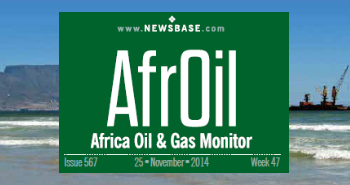
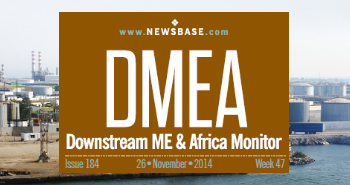
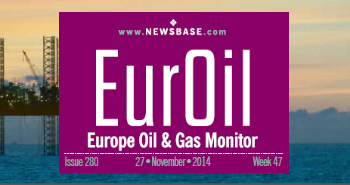
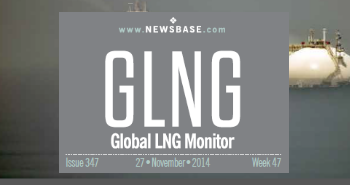
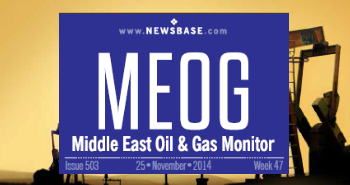
Follow us online